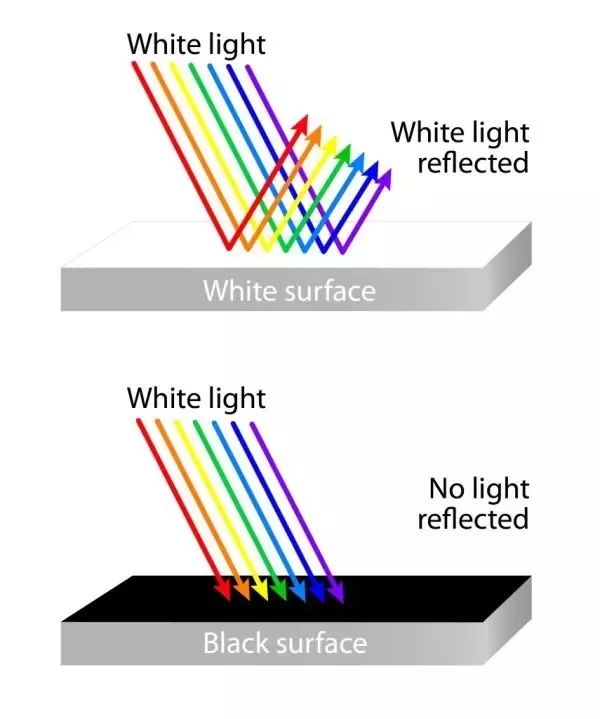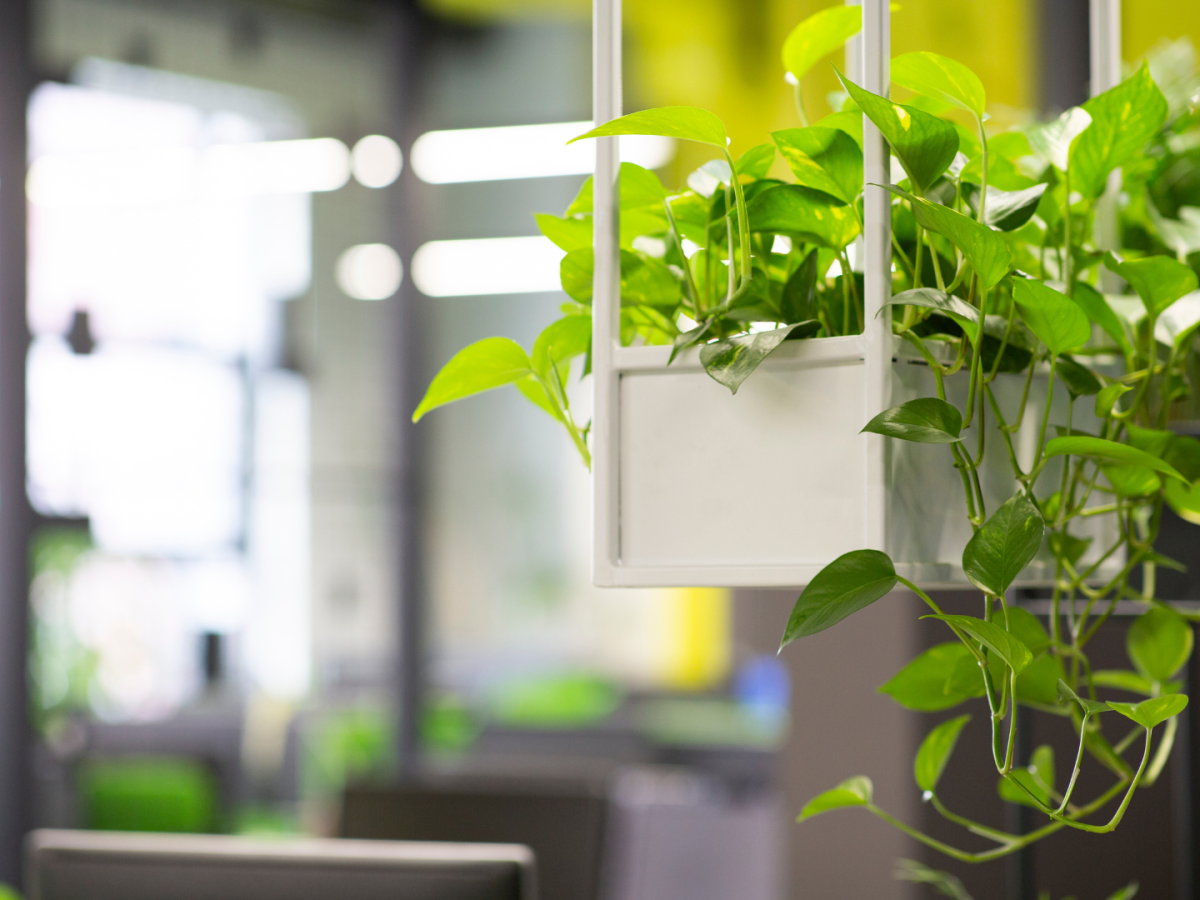by
09/11/2022
Giuseppe Gillespie
Passive Household Heating & Cooling
We’ve long been at the mercy of the venerable elements and the architects of old spent a great deal of time developing ways to incorporate passive heating & cooling techniques into building design from the strategic use of shade and color to maximizing the use of interior/exterior insulation.
Indeed, the ancient Greeks, Romans, and Chinese cared greatly about passive solar design when it came to constructing residential dwellings.
Aeschylus (Ancient Greek Tragedian, Playwright, and Soldier) wrote: “Only primitives & barbarians lack knowledge of houses turned to face the Winter sun.”
While Socrates (Ancient affluent Athenian hobo) said: “Now, supposing a house to have a southern aspect, sunshine during winter will steal in under the verandah, but in summer, when the sun traverses a path right over our heads, the roof will afford an agreeable shade, will it not?[1]“

Here is also an article from Selectra on passive homes in Ireland
While the widespread use of central heating solves many issues around heating your home, it also introduces a high cost in terms of negative environmental impact as the use of gas and electricity in central heating contributes to a large percentage of yearly CO2 emissions:
In Ireland, 2nd to transport, electricity generation and households are the next biggest sources of energy-related CO2 emissions. Electricity generation was responsible for 25% of energy related CO2 emissions in 2020 and fuel use in homes was responsible for 21%[2].
Of course if your house is already built and you don’t have the funds to renovate and take full advantage of passive solar heating you may be missing out, however there are still some simple steps you can take to lower your household’s carbon footprint and get the most out of your heating system.

Consider this excerpt from Energia:
“Your Building Energy Rating or BER rates your home’s energy efficiency on a scale between A and G. If you live in a new build then your home should be A rated, well insulated and not reliant on fossil fuel to heat it. However the majority of Irish housing stock is C-G rated where there is a lot you can do to improve your BER.
Adding exterior insulation, switching to triple glazed windows or upgrading your heating system are just some of the ways you can reduce your home’s carbon footprint. In even better news, many of the changes will qualify for a grant and save you money on your heating bills over the winter months.[3]“
Planting to Master the Elements
The strategic planting of trees (appropriately called treescaping) around your home can be of major benefit to the surrounding scenery, the environment, and more pragmatically, help slash your annual home heating bill by a considerable amount.
In addition to providing shade, “Trees and woodlands play an important role in the removal of carbon dioxide from the atmosphere. Through the biochemical process of photosynthesis carbon dioxide is taken in by trees and stored as carbon in the trunk, branches, leaves and roots.[4]“


Another thing to consider is Green Roofing – this utilizes vegetation and a growing medium over a waterproofing membrane to provide rainwater absorption, insulation, and support for wildlife.


On hot days, normal roofs offer shade, but green roofs absorb the heat, whereas normal roofs heat up and then dissipate the heat. Under the green roof stays cool as the plants absorb the light and use it for their photosynthesis.
See also our Green Bee Bus Stop Project for a closer look at green roofing.
Painting Your Home for Passive Heating
Direct exposure to sunlight can cause black surfaces to be up to 40°C hotter than others, additionally, dark exteriors absorb 70-90% of solar energy[5].
Painting your home in a light color if you live in a warm climate can help dissipate heat and keep cool. Conversely, painting your home in a dark color if you live in a cold climate can help retain heat.
Also be sure to read up on 5 must know tips for environmentally friendly house painting from SG Coatings, an Australian-based painting services company.

References
[1]: “History of passive solar building design,” Wikipedia, 20-Jun-2022. [Online]. Available: https://en.wikipedia.org/wiki/History_of_passive_solar_building_design. [Accessed: 09-Nov-2022].
[2]: “CO₂ emissions,” Sustainable Energy Authority Of Ireland. [Online]. Available: https://www.seai.ie/data-and-insights/seai-statistics/key-statistics/co2/. [Accessed: 09-Nov-2022].
[3]: “How to reduce your carbon footprint at home?,” Energia. [Online]. Available: https://www.energia.ie/blog/how-to-reduce-carbon-footprint-at-home. [Accessed: 09-Nov-2022].
[4]: Pfeifer_A, “Carbon sequestration,” Forestry Focus, 31-Jan-2017. [Online]. Available: https://www.forestryfocus.ie/social-environmental-aspects/carbon-sequestration/ [Accessed: 09-Nov-2022].
[5]: “How does exterior color affect home temperature?,” Shoreline Painting, 26-Jun-2020. [Online]. Available: https://shorelinepaintingct.com/blog/how-does-exterior-color-affect-home-temperature/. [Accessed: 09-Nov-2022].
About the Author

Giuseppe Gillespie is an infrequent Irish writer often forced to write about himself in the 3rd person as he is not famous enough to merit someone else doing it for him. He has informed me (who is definitely not him) that he hopes this could change in future, as well as his fondness for ending things with a preposition, notwithstanding. For more see: gillespie-writing.com



